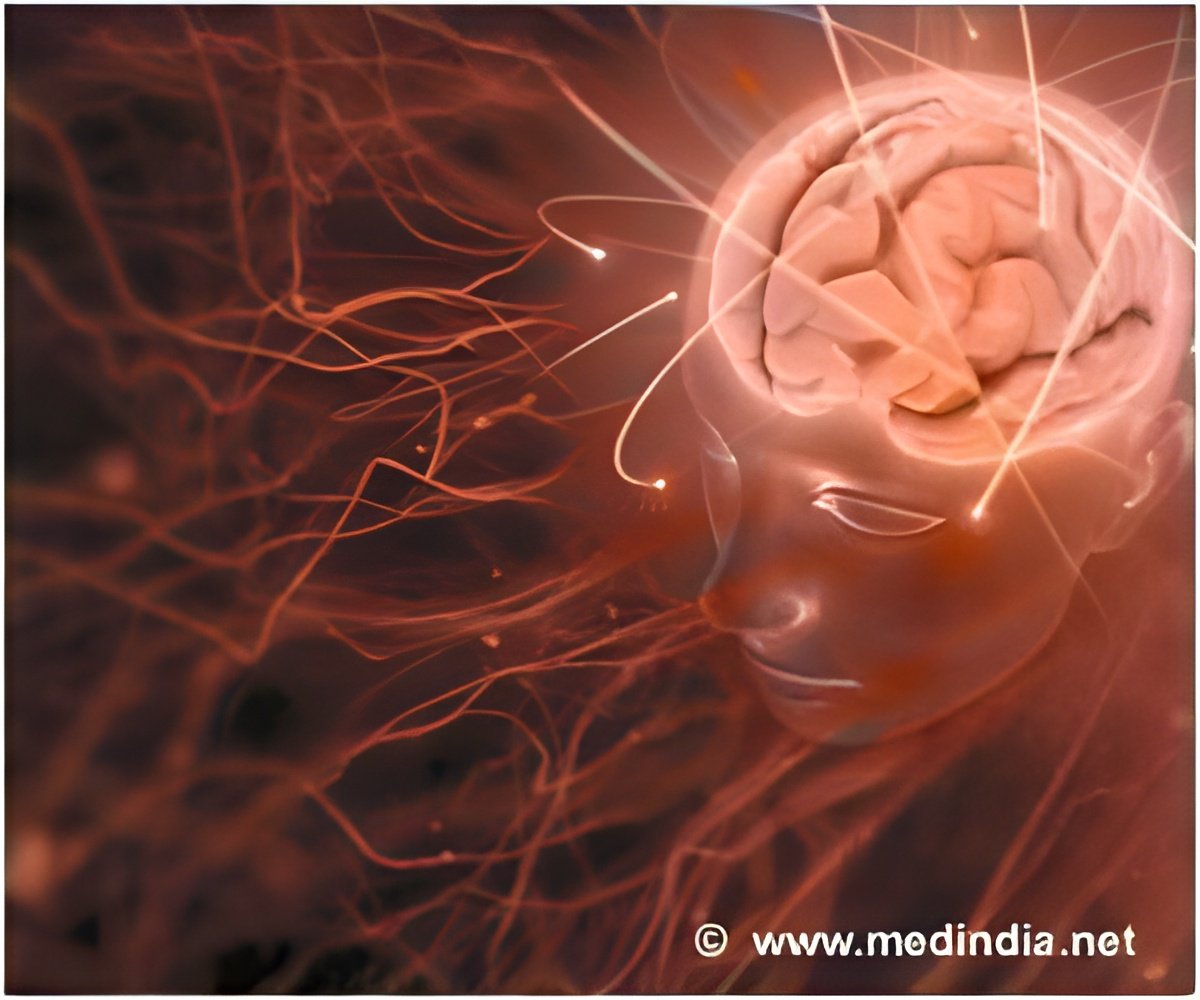Dr. Elisa Konofagou has shown for the first time that the size of molecules crossing the blood brain barrier (BBB) can be manipulated through acoustic pressure produced by an ultrasound beam.

Konofagou combined microbubbles, bubbles with lipid or protein shells that are filled with gas, and adjustments of acoustic pressure to examine the delivery of various sized sugar molecules (Dextran) to the hippocampus, a major part of the brain that is involved in memory forming, organizing, and storing
By choosing a specific pressure, Konofagou was able to cause the microbubbles to oscillate and form openings in the BBB with minimal microscopic damage. She discovered that lower pressures allow smaller molecules to go through the barrier while higher pressures allow larger molecules to go through the barrier.
“This is a significant breakthrough in getting drugs delivered to specific parts of the brain precisely, non-invasively, and safely, and may help in the treatment of central nervous system diseases like Parkinson’s and Alzheimer’s,” said Konofagou.
Her experiment included setting the left hippocampus of the mouse model to be the area of interest and the right side of the hippocampus to be the control. Using fluorescence imaging, Konofagou was able to ensure the greater uptake of the molecules in the left hippocampus of the mouse model in comparison to the right hippocampus.
The study was published in the Journal of Cerebral Blood Flow & Metabolism.
Source-Medindia
 MEDINDIA
MEDINDIA




 Email
Email




